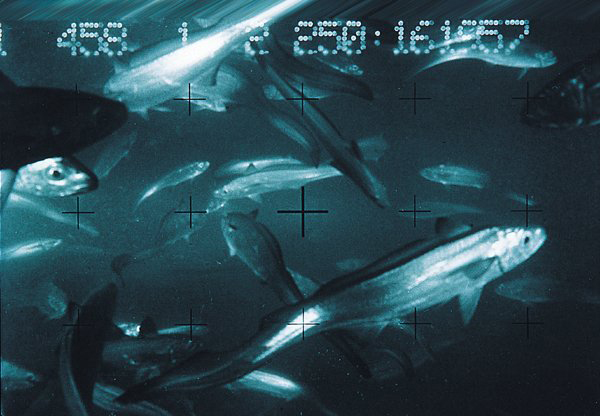Hoki stocks highest this century
Published: 7 June 2017

Decreases in hoki quota during the 2000s are paying dividends with large increases in both stocks over the last eight years.
These increases were outlined in the Ministry for Primary Industries recently-released report The Status of New Zealand’s Fisheries 2016.
Between 2001 and 2007, hoki quota was more than halved from 250,000 tonnes to 90,000 tonnes.
Sealord’s resources manager Graham Patchell said fewer juvenile fish entering the fishery, particularly in the western stock, was what drove the reduction. Within seven consecutive years we had five years when the recruitment was below average due to environmental conditions. This reduced stock sizes and the commercial catches were reduced in response.
These catch reductions have enabled the stocks to recover to more than twice the size they were in 2005, he said.
“The quota was steadily increased from 90,000 tonne [to 160,000 tonne] and is well within its harvest control limits, all nice and sustainable,” Patchell said.
The Status of New Zealand’s Fisheries 2016 report said as a consequence of the reductions, hoki stocks are ‘currently at their highest levels this century’.
The report said ‘both stocks of hoki (eastern and western) have increased in size for the last eight consecutive years, and both are now well within or above their management target range.’
Quota was reduced by 10,000 tonnes in 2015 as a precautionary response to estimates of low hoki biomass in the sub-Antarctic.
Patchell said there had been ‘very good signs’ for catch numbers to start the 2017 season.
"Two of our boats are down the bottom of the South Island at the moment catching spawning fish down there in May,” Patchell said.
“We are catching big fish and lots of them."
The report also said 97 percent of scientifically evaluated landings were from stocks above or well above sustainable levels.
